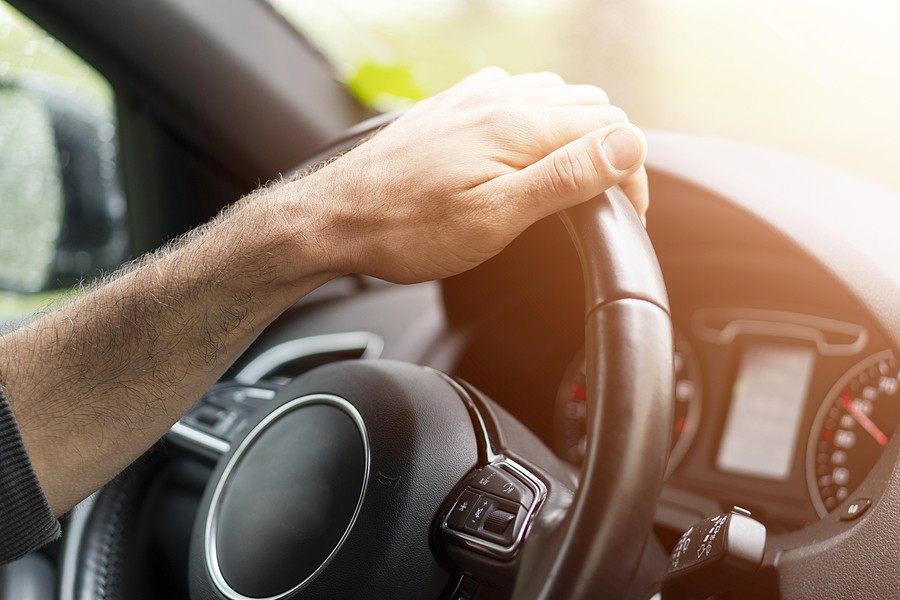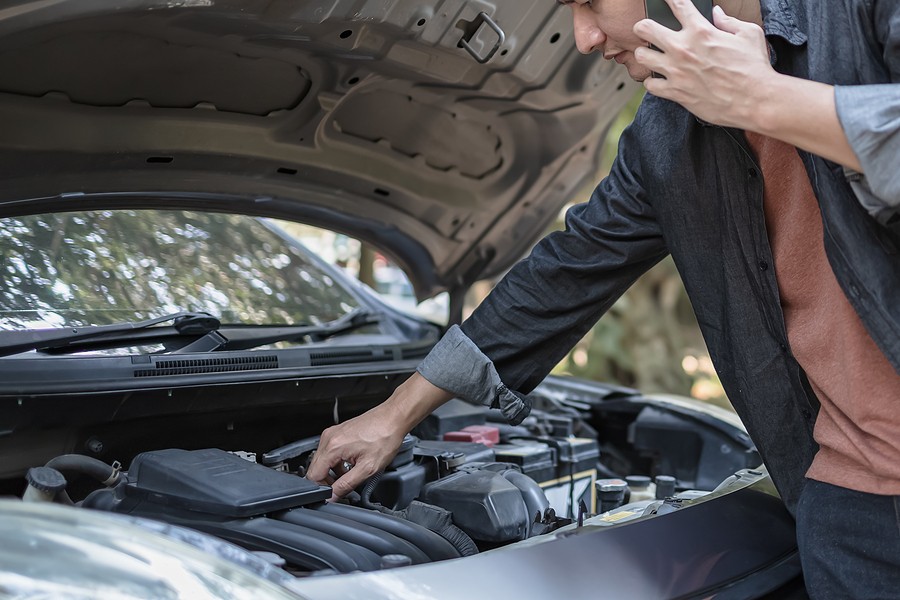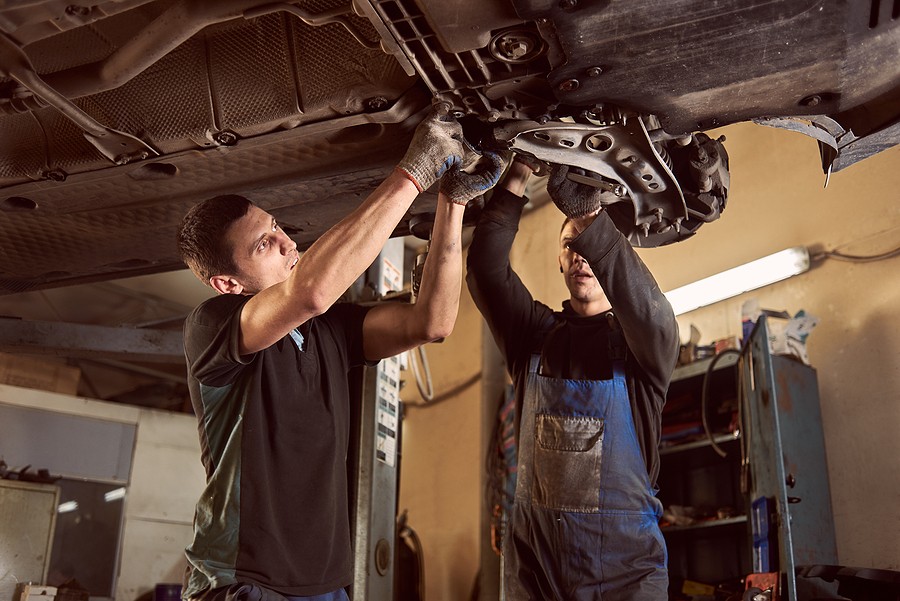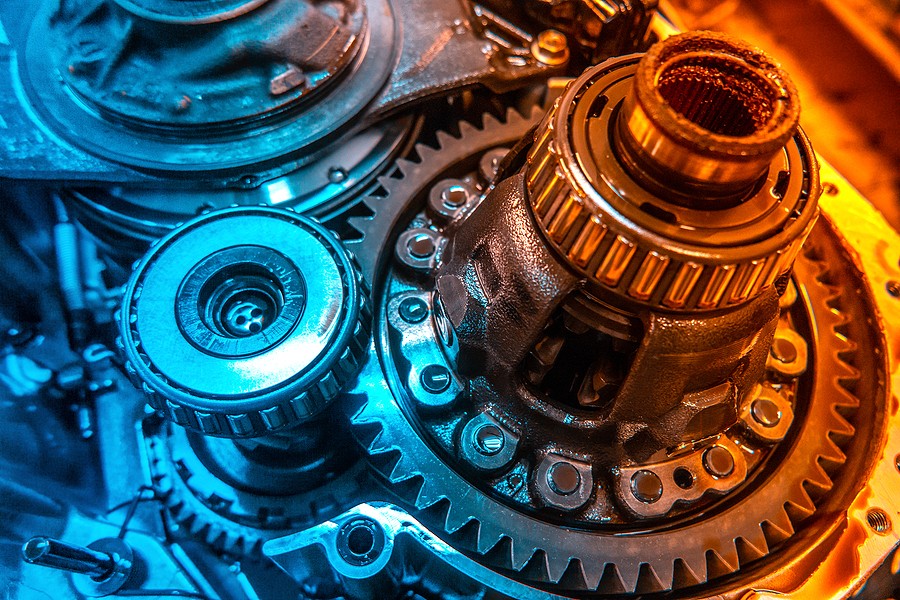Driving a vehicle with an automatic transmission is a convenience that many drivers have come to rely on.
When you want to drive your car, the gears in the transmission must change automatically when you shift.
However, there are times that this automatic gearbox will not automatically select the next gear, often leaving you stranded as your vehicle crawls along the highway yet again. If your car seems to be moving in the wrong gear, or if you have no idea what gear you're supposed to be in when driving, there's a good chance that you have a problem with the transmission.
A few common issues can cause an issue with your vehicle's automatic transmission.
This article will discuss a few things you can try if your car is not automatically shifting gears. Furthermore, it will discuss why your car may have trouble changing gears automatically and some tips on avoiding any future problems with your automatic gearbox.
Read on for more details about “Why Is My Car Not Changing Gears Automatically?”

What are automatic transmissions?
Auto transmission is a device with hydraulic pumps, gearboxes, torque converters, and computer systems to provide smooth gears in vehicles. The movement of a car when it cranks or moves is due to the conversion of mechanical energy into electrical energy for its various key components like cooling fan, AC blower motor, fuel pump, battery charger, etc.
The car has four basic gears, i.e., Park, Reverse, Neutral, and Drive. The driver selects one of these gears via a shifter or electronic buttons to engage the transmission with the engine to drive the vehicle forward or backward as per desire.
Transmission makes use of a planetary gearing system which comprises sun gear, ring gear, and planetary gears. Planetary gears are also called epicyclic gear or simply planetary gear sets. It assembles planet pinions (pinion carrier) meshed with ring gear (sun gear).
Sun-planet gearing system has its center of gravity at the geometric center or virtual center between sun and planet gear centers. In this system, ring gear and planet pinions rotate around a common axis of symmetry. Therefore sun-planet carrier is non-rotating.
The inside surface of the ring gear or outer surface of the planet pinion gears are in contact with each other and driven at the same speed by a third component called a carrier that is rotating with the engine crankshaft. The carrier generates the orbiting motion of planet pinions around the sun gear.
The ring-planet system operates as long as there is no relative motion between the ring and planetary gearsets. It has two basic modes of operation i.e.
- Forward (drive) Gear: When the input is connected to the sun gear, and ring-planet carrier combination will rotate in the same direction as the engine crankshaft.
- Reverse Gear: When the driver selects reverse gear with the engine running, ring gear reverses its motion, and the car moves backward. In this case, the planetary pinions will also reverse their motion along with sun gear, i.e., ring gear rotation is faster than the planetary pinions.
A sliding mesh between ring and planet gearsets achieves the reverse gear function of automatic transmissions. When reverse gear is engaged, sun gear reverses its direction concerning ring gear. It forces the planet pinions to revolve around the sun clockwise at the same speed as engine crankshaft.
When the vehicle moves in drive gear, i.e., sun-ring combination rotates at the same speed as the engine shaft, the drive gear is engaged. If you are moving forward and suddenly your car does not shift gears, there is a problem with the automatic transmission system. It may be due to internal failure or any external factor.

What could be the problem if your car isn't changing gears automatically?
The automatic transmission is designed so that it should shift gears by itself. However, suppose the car is not changing gears automatically. In that case, there could be some problem with your automatic gearbox or any other component that may cause failure in shifting between various automatic gears.
Several reasons are causing the automatic transmission not to change gears.
- Due to a bad alternator, a low battery will not allow the system to work properly.
- A faulty starter motor or solenoid may have caused damage to the transmission control unit or TCM.
- The transmission fluid level is too low, which would have affected the hydraulic pressure resulting in improper shifting of gears.
- A broken timing belt in the engine may be the reason for no gear change.
- Faulty torque converter clutch solenoid valve and wiring would not let the transmission work properly and allow proper gear shifting.
- The wiring or ignition switch is faulty, which does not activate solenoid valves resulting in improper gear changes.
- The transmission control unit has gone bad due to overloading and needs replacement, it's a costly part, though, but your vehicle will run fine after that.
- If you forget to stop while shifting from forward drive into the park, then you need to push the brake pedal down hard; otherwise, the car won't come to a complete stop, and the car will roll back when you release the shifter knob, and this error will restart every time you move shifter knob even slightly. This problem will be solved by replacing the automatic transmission control unit.
- Clutch switch, neutral safety switch, or throttle position sensor may have gone bad, resulting in improper gear movement.
- Faulty speedometer cable may cause the vehicle not to change gears properly

How to troubleshoot the issue?
If you suspect an issue with the transmission not shifting gears, you could follow these steps to troubleshoot the issue:
- Step 1: Confirm that the engine and transmission are mechanically sound.
- Step 2: Verify that you have sufficient fluid level in automatic transmission. If it is insufficient, then top up according to the specification limit, which can be printed on a fluid container.
- Step 3: Check the electrical wiring and connectors for the power supply and ground circuit, test with a multimeter.
- Step 4: Check the transmission control system by measuring voltage, resistance, and terminals printed on the wiring connector at the back of the TCM module or PCM or ECM. If readings are out of specification, you will need to replace them to continue with a further diagnosis which is a costly component.
- Step 5: Lastly, check if anything obstructs the movement of shifter cables at the shifter cable end where it's attached to the actuation lever inside the automatic transmission assembly, which would cause not changing gears properly. You can free up any internal obstruction by spraying penetrating oil into the shifter cable end and waiting for some time, then try shifting into various gears; chances are, if the problem was caused by obstruction,s then it might get fixed.
If the problem persists, then your vehicle will require an automatic transmission overhaul or replacement of a transmission control unit, which is quite costly, and it's advisable to go for a replacement rather than a manual transmission. Still, individuals may prefer to go with a manual transmission as there are no chances of this occurring in that case.
What can you do to prevent it from happening again?
It's never a fun situation to be in when your automatic transmission does not shift gear. Therefore, it's worth exploring some of the recommended tips to help prevent the problem from happening in the future:
- Always drive your car with a sufficient amount of transmission fluid, do not ever go below the minimum safe level indicated on the dipstick.
- If you have a dysfunctional transmission, do not drive with it as it will cause serious damage to the transmission.
- Do not shift gears while your car is still moving; always make sure you are already in neutral or park before shifting gear.
- Do not shift gears when you go over speed bumps or potholes; if there is no time to avoid them, then hit them slowly without using harsh braking, which would transfer the impact towards the front end of the vehicle and put more pressure on an automatic transmission.
- If you suspect an issue with your automatic transmission, stop driving immediately and contact a local mechanic to diagnose and repair it.

How much does it cost to repair or automatic transmission not shifting gears?
Repair costs for fixing the automatic transmission, not shifting gears, can vary greatly depending on the location, make of your car, and course, the severity of the problem. Contacting a local mechanic for diagnosis and repair estimate is always advisable.
For example, a repair quote for a Honda CRV whose transmission would not go into gear was obtained from a local mechanic. Replacing the faulty part would cost $1,000 -$1,500.
On the other hand, a quote for a 2007 Ford Escape with transmission problems was obtained from online mechanics. The estimated cost to replace the faulty part would be around $1,002 -$1,600, including labor costs.
Note that these are just examples; your local mechanic can give you more accurate information about your car model and parts price.
Should I take my car for a check-up if the automatic transmission doesn't shift gears?
If you notice any problems with your car, you always recommend that you take it for a courtesy check-up. This is especially important if you suspect there might be something wrong with the automatic transmission, as it can often indicate whether or not there is an issue.
If you experience anything wrong with your transmission, then take it for servicing as soon as possible to avoid any further damage.

Can I do the replacement myself?
Surprisingly, there are times when it is possible to replace the faulty part yourself. If the dealership requires your vehicle for a longer period, some people choose to purchase and replace the part themselves.
However, if you want to save on some money and have experience fixing some car parts, replacing faulty parts yourself can be an option for anyone willing to learn about the replacement process.
Technically, however, this is not recommended by any dealership or mechanic as it will void your warranty and may even result in causing further damage to the car.
What are some other causes of automatic transmission not shifting gears?
There can be many causes for this problem. However, the most common ones include:
Low or dirty transmission fluid levels Faulty solenoid Faulty sensor Clogged transmission line Loose battery terminal Electrical issues Faulty ECU transmission control module
What is the difference between automatic and manual transmission?
Although many people do not know it, there's a huge difference between automatic and manual transmissions. Automatic transmissions use hydraulic pressure to change gears instead of using the gearshift like how it is done with manual transmission. However, both still offer the driver the same control over gear changing.
Automatic transmissions are often more expensive than manual transmissions due to additional components and design complexities. However, automatic transmissions also offer benefits such as smooth power delivery, which reduces noise/vibration and promotes better fuel economy.
Another advantage of an automatic transmission is that it frees up your right hand and arm, especially on long drives.
Do problems with the automatic transmission not shifting gears trigger a check engine light?
If there is a problem with automatic transmission, one of the most common symptoms you might see would be the check engine light. However, it is not always the case that every problem will trigger this light to appear.
One of the reasons for this could be because some problems are merely being detected by computers rather than being completely monitored by sensors. Therefore, transmission might not trigger the light to appear.
If you want to be sure about what is causing the problem, take your car for a check-up at a certified mechanic or dealership, as they have diagnostic equipment to detect problems.

Can low transmission fluid impact gear shift?
Yes, low transmission fluid can impact the gear shifting of your car. However, it is wrong to assume that this problem will result in an automatic transmission not shifting gears on its own. On some cars, you may even be able to drive a few miles with little or no fluid in your transmission before any noticeable problems happen.
However, if you notice that your transmission is not shifting gears smoothly, it might be time to check the fluid level.
Conclusion
If you suspect an issue with your automatic transmission, stop driving immediately and contact a local mechanic to diagnose and repair it. The cost of the problem can vary depending on make, model, severity, location, etc., but a common range is between $1-1500 to fix it.
It's important to take care of your car by ensuring enough fluid in the tank or taking preventative measures before an emergency arises!


